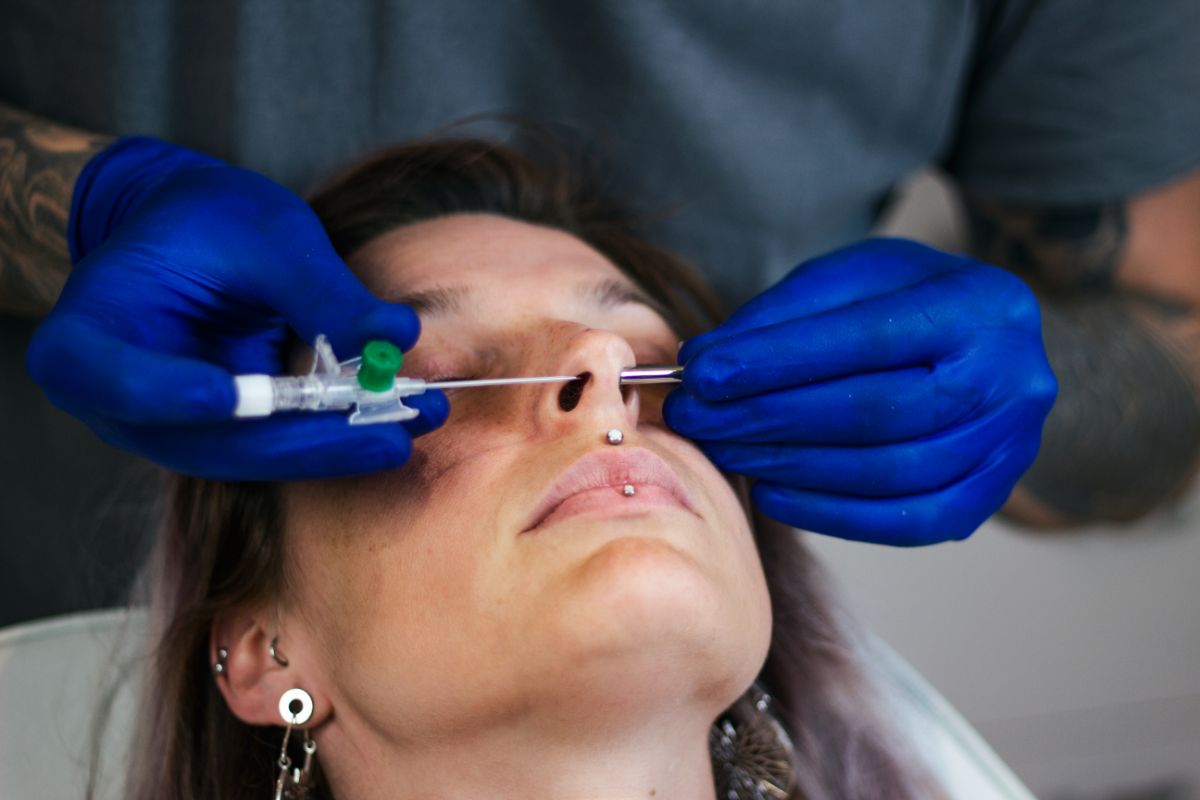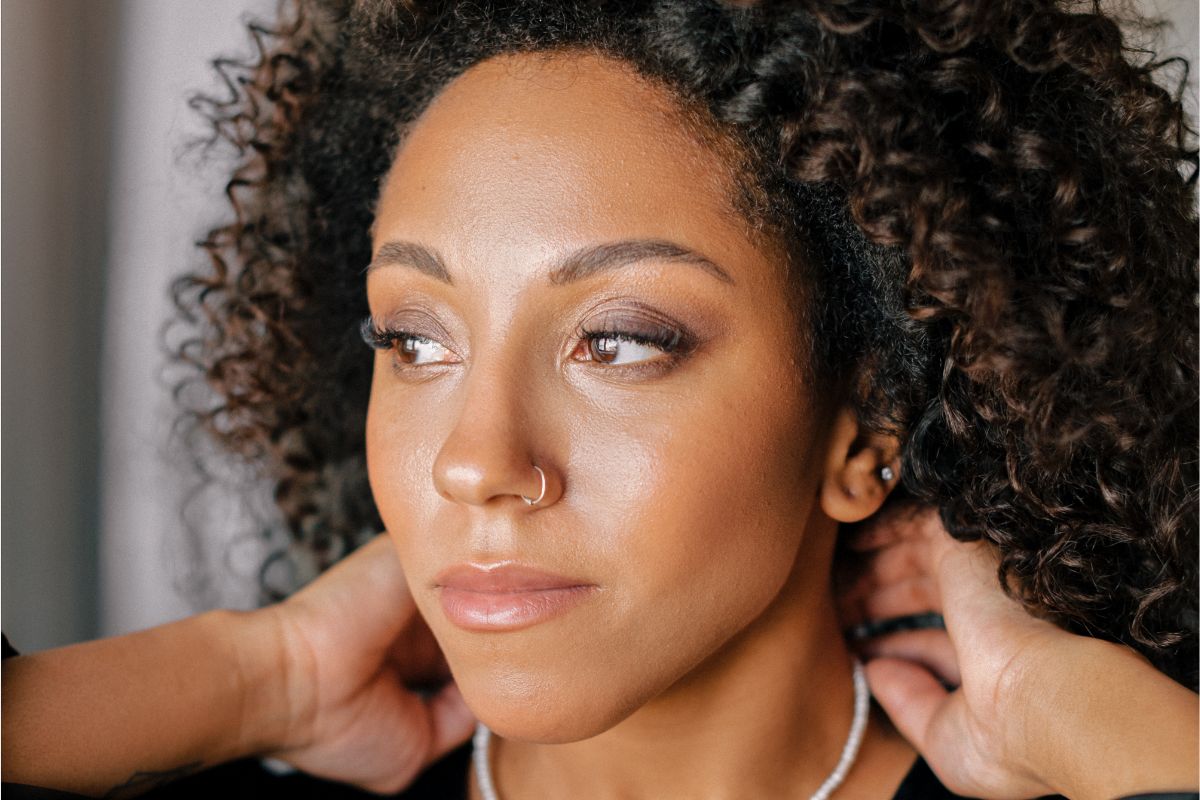Once you have had any new piercing, the best thing you can do to help it heal well is to keep it clean. Although piercers will give different advice on cleaning, it is important that you clean your new piercing at least once a day, for a minimum of 3 weeks. Our medication-filled swabs are perfectly designed to help soothe any irritation while protecting against infection.
The formation of scabs or crusting when you have a new piercing is your body’s way of trying to heal the new “wound”. However, it is important to keep cleaning your piercing, removing the crust gently with the medicated swab for improved healing.

Keep cleaning your piercing until the crust goes away, even if that takes longer than 3 weeks. If any oozing occurs from your piercing, it’s a sign of infection. Other signs of infection include the area around the piercing being hot to the touch, strong odor from the piercing site, and/or discomfort or pain when touching the pierced area. The antiseptic properties of our medication-filled swab help combat infection whilst allowing the aloe vera and panthenol to gently soothe your discomfort.
How do you get rid of a keloid on a Daith piercing?
A keloid scar is a raised, tough area of skin that forms wherever there has been a disturbance to the skin, causing excessive scar tissue to form. They can continue to grow over weeks, months, or even years. Keloid scars are mostly a cosmetic concern and do not cause any harm in themselves usually. On rare occasions, they can cause some discomfort and pain. However, they do tend to signify a predisposition to having other keloid scars form if you ever have chest surgery or other types of injuries that cause scarring.
The best method for managing keloids is prevention. Keeping your piercing clean and using silicone dressings or gel bandages after will help. Apply petroleum jelly in small amounts and apply pressure to the piercing (not enough to cause any pain) to potentially prevent keloids from forming. You can also buy pressure earrings for certain piercings to prevent scarring although, for the Daith area, this is not a solution.
When it comes to trying to get rid of keloid scars there are a couple of options that might work. The usual go-to method is surgery. However, the chances are that more scar tissue will occur after the procedure, and for 45% of patients, their keloid returns.
You can get Zimmer splints that look like earrings to apply pressure to your keloid and reduce the size with constant use over a 12-18 month period. These tend to work best if you have the surgery first and then use the splint to apply pressure to try and stop the keloid from returning. Always talk to your surgeon before committing to this method because it isn’t a guarantee that this method will work for you.
Is it hard to change a Daith piercing?
Ideally, you should wait until your Daith piercing is fully healed before attempting to change your earring. The guidance given by piercers is usually at least 2-3 months before attempting to change the earring and that is only as long as no complications have occurred.
For optimum healing and the best results in the long run, try and wait about 12 months before attempting the changeover. If you are in doubt as to whether your piercing has healed enough to change it, you should consult the piercer as they will be able to give their professional opinion.
It can be a bit of a tricky piercing to try and change over until you get the hang of it. The most important steps to remember are that you must have clean hands, a clean replacement earring, and not cause too much stress to the piercing when you are changing earrings.
If you are struggling, you are likely to irritate the piercing and cause inflammation and soreness. You also want to avoid any risk of contamination or infection so if you drop the earring at any time or touch a surface etc, you should re-wash your hands and clean the earring before continuing. Our medication-filled swabs are also great for this purpose. You can use them to clean your piercing and the new earring to help avoid infection and to calm irritation.
If you are still struggling to replace the earring, you should ask a friend or relative for help. If there isn’t anyone around to help you, you should go to see your piercer to help you change the earring over. They will be happy to help you make sure that the process is done properly and can help you until you feel confident enough to attempt it on your own. They usually will also have a variety of replacement earrings available to buy so that you can make sure that you are using a suitable earring.





